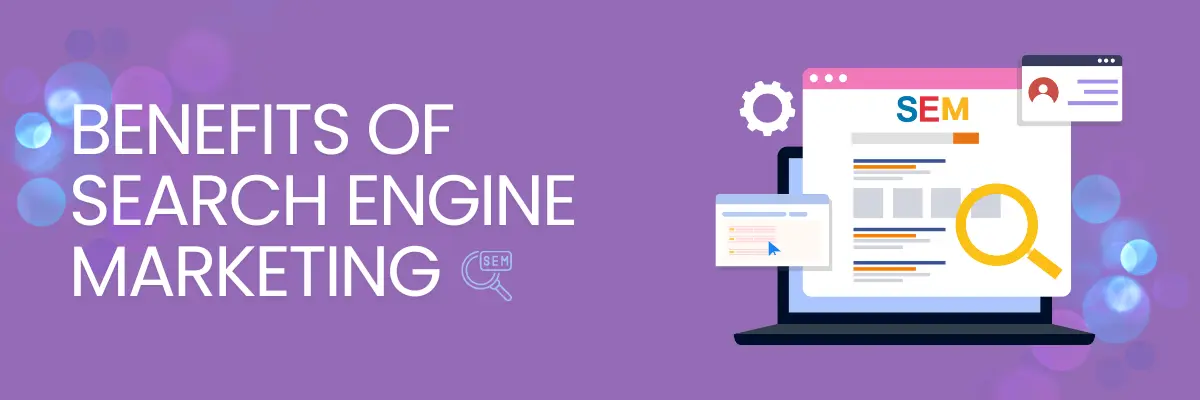What is SMO? Your Key to Dominate Social Media in 2024
What is SMO? Your Key to Dominate Social Media in 2024 In today’s digital age, where online presence is paramount, understanding what is SMO (Social Media Optimization) has become an indispensable component of any successful marketing strategy. It’s not just about creating content and sharing it on social media platforms; it’s about leveraging these platforms to drive traffic to your website, engage with your audience, and ultimately achieve your business goals. Table of Contents A Complete Guide to Social Media Optimization SMO, in a nutshell, is the art of optimizing your social media content and activities to increase your online visibility and reach. It’s more than just posting content; it involves a strategic approach that combines creativity, engagement, and analytical insights. By effectively managing your social media presence, you can build a strong online community, drive website traffic, and achieve your business goals. The Evolution of Social Media Optimization: From Traffic Generation to Relationship Building Initially, social media optimization was primarily focused on driving traffic from social media platforms to a company’s website. However, as social media platforms have evolved and become more sophisticated, it has expanded to encompass a broader range of strategies. Today, it involves not only driving traffic but also fostering meaningful connections with the audience, cultivating brand loyalty, and building strong customer relationships. The Benefits of SMO: Why Social Media Optimization Matter Increased Brand Awareness Through regular posting of appealing and viral content, businesses can expand their audience reach. Social media platforms allow content to be shared quickly and widely, increasing the visibility of a brand. Improved Search Engine Ranking Likes, shares, and comments are examples of social signals that search engines are increasingly employing to rank websites. A robust Social media optimization strategies can lead to better search engine rankings, driving more organic traffic to the website. Enhanced Customer Engagement It provides a platform for businesses to interact directly with their customers. This interaction can lead to better customer satisfaction and loyalty as businesses can address queries, provide support, and receive feedback in real-time. Cost-Effective Marketing Strategy Compared to traditional marketing methods, Social media optimization is relatively cost-effective. A lot of social networking sites allow users to create accounts for free, and even paid ads on these sites are often cheaper than traditional means of advertising. Key Elements of SMO: Building a Strong Social Media Presence Creating Shareable Content Content that is engaging, informative, and shareable is the cornerstone of social media success. This includes blog posts, infographics, videos, and other forms of content that can be easily shared on social media. Optimizing Social Media Profiles A solid approach must include full and optimized social media profiles with relevant keywords, quality images, and integrated branding. Integrating Social Media with SEO By aligning social media efforts with SEO strategies, businesses can improve their overall online presence. This includes using relevant keywords in social media posts and linking back to the website. Using Analytics Analyzing social media performance through analytics tools helps in understanding what works and what doesn’t. Businesses using this data-driven approach can improve strategy and results. Boost Your Brand with These SMO Strategies :- Content Strategies: Quality Content Creation Creating high quality content that resonates with the intended audience is necessary. This comprises insightful articles, captivating videos, and eye-catching images. Visual Content Photos and videos are examples of visual content that performs better on social media than text-only posts. Investing in visually appealing content can boost engagement significantly. User-Generated Content Getting others to create content about your brand can boost authenticity and engagement. Customer testimonials, reviews, and social media posts that highlight your products might all fall under this category. Engagement Strategies: Active Participation Engaging with followers by liking, commenting, and sharing their posts can foster a sense of community and loyalty. Responding to Comments Timely responses to comments and messages show that a brand values its customers, which can enhance trust and satisfaction. Hosting Contests and Giveaways Contests and giveaways are great methods to increase interaction and expand your audience. They invite customers to engage with the company and tell their network about it. Networking Strategies: Building Relationships Building relationships with other brands, influencers, and customers can extend a brand’s reach and influence. Influencer Collaboration Working with influencers may help you reach a wider audience. Influencers already have established credibility and a loyal following, which can be beneficial for a brand. Cross-Promotion Cross-promoting with other brands can lead to mutual benefits. This includes exchanging content and endorsing each other’s products or services. Essential Tools for SMO: Empowering Your Social Media Strategies Social Media Management Tools Social media management platforms like Hootsuite, Buffer, and Sprout Social offer comprehensive features for managing multiple accounts, scheduling posts, tracking analytics, and engaging with your audience. For content creation, Canva, Adobe Creative Cloud, and Biteable are valuable tools for designing visually appealing graphics, videos, and other content. Analytics Tools Analytics tools such as Google Analytics, Facebook Insights, and Twitter Analytics provide detailed insights into your social media performance, allowing you to track website traffic, user behavior, and engagement. Social listening tools like Brandwatch, Mention, and Awario help you monitor mentions of your brand, industry keywords, and competitors Content Creation Tools Scheduling tools like Later, Planoly, and SocialPilot streamline your content planning and scheduling process, allowing you to efficiently manage your social media presence. By leveraging these tools, you can streamline your social media management, create high-quality content, track your performance, and make data-driven decisions to optimize your SMO strategies. Avoiding Common SMO Pitfalls: A Guide to Avoiding Mistakes Over-Promotion Continually advertising goods without offering insightful information can drive away followers. A healthy balance between promotional and educational content must be maintained. Ignoring Analytics Ignoring social media performance analysis can result in lost possibilities for growth. Refining tactics requires regular analytics analysis. Lack of Consistency Inconsistent posting can lead to a drop in follower engagement. To keep the audience interested, updating on a frequent basis is crucial. Measuring the Success of Your SMO Efforts: Key Metrics and Analytics Key Metrics to Track Metrics such










